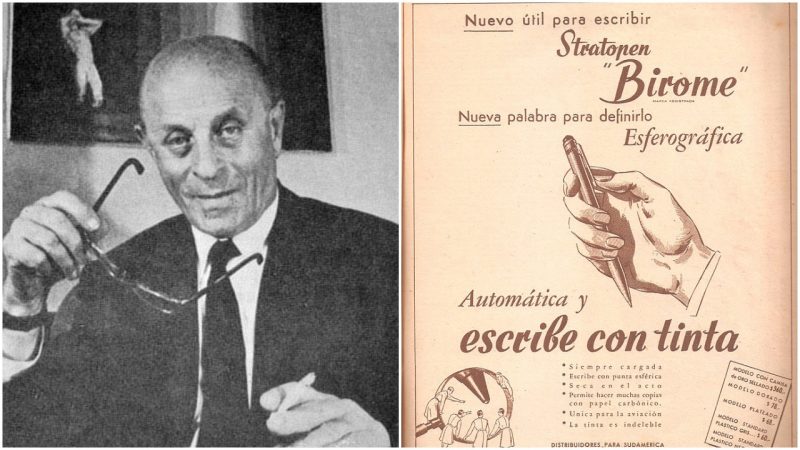Evidence tells us that the world’s first working fountain pen was designed and used in the Renaissance by none other than Leonardo da Vinci. His journals include drawings that seem to have been written with a reservoir pen that probably worked through both gravity and capillary action. After examining the handwriting in the few surviving journals of the famed Italian polymath, historians have concluded that the writing misses the typical traits of the quill pen.
Quills were, of course, the main tool for writing with ink before the invention of any other more modern-type of pens, and they faithfully served their part throughout most of the Western world from the 6th century to the 19th.
However, things had started to change in Europe by the 17th century. Some started using fountain quills, an invention that incorporated one quill as a reservoir for ink, placed inside the other quill. Sealed with a cork, the ink in the quill would squeeze through a tiny hole to the writing point.
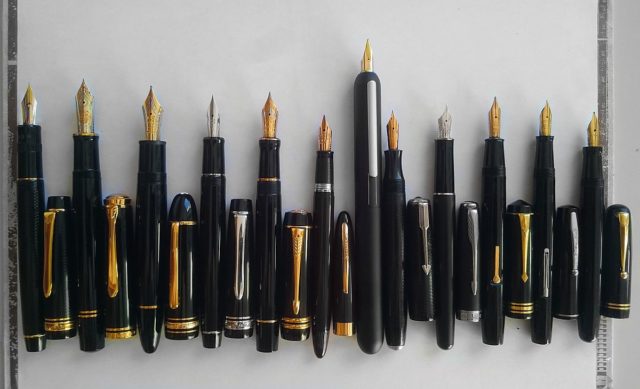
The fountain pens were upgraded a few more times in the years to come, but through the 19th century, they largely started being replaced by dip pens, that are still in use nowadays for creating illustrations or doing calligraphy or comics, among other things.
The dip pen was able to use waterproof, pigmented, acrylic, or any other type of ink that would destroy a normal fountain pen by clogging it. Dip pens also produced better lines than any of the available fountain pens.
However, the most important turnaround in the brief history of pens relates to the name of László József Bíró, an Hungarian-Argentinian inventor, who became a world-famous inventor for patenting the first modern ballpoint pen that became a commercial success.
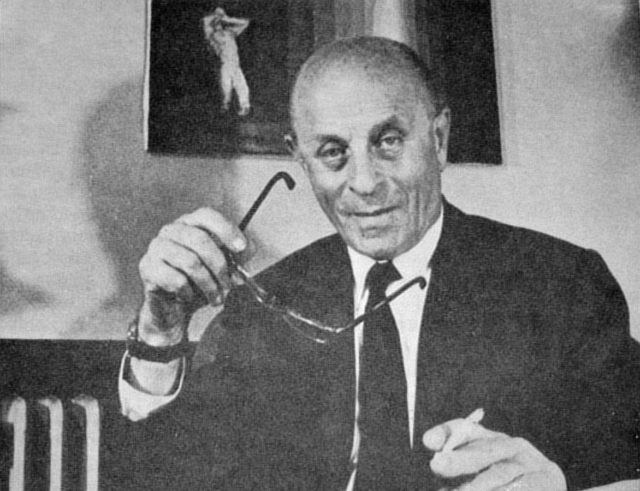
The first patent for a ballpoint pen was actually issued in 1888, intending to introduce a novelty by enabling writing on rough surfaces such as wood. This early patent failed to meet commercial expectations and the idea was soon dismantled. Early ballpoints failed to deliver the ink smoothly, with overflow and clogging two of the main issues that investors faced upon attempting to create a good ballpoint pen. However, Bíró’s invention proved a success.
Born in Budapest, Bíró became a journalist and worked as editor of a Hungarian newspaper before World War II. His invention was the result of growing frustration over the amount of time spent on filling up fountain pens or cleaning up smudges from paper pages. As he had noticed that the type of ink used in newspapers dried faster and did not leave any dirty smears, he finally came up with the long-sought invention.
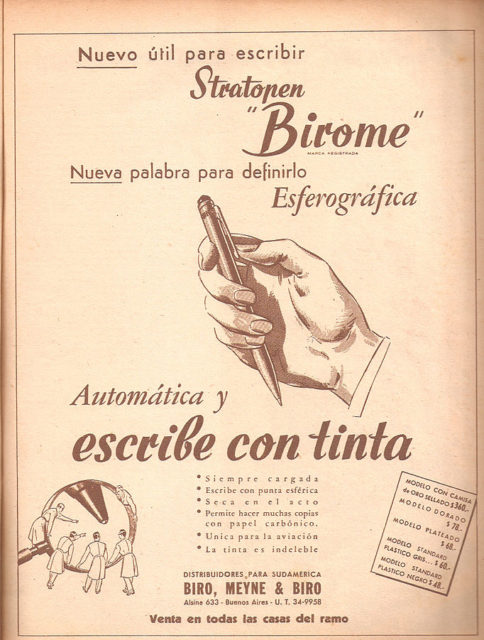
With the help of his brother György, who happened to be a chemist, he came up with a new ink formula that was viscous enough fit perfectly with the new ballpoint pen designs. Bíró’s ballpoint pen was then presented at the Budapest International Fair in 1931. He continued working on the design with his brother, and both of them also developed a new tip that had a ball that was able to turn freely in a socket. As it turned, it would take the ink from the cartridge, then roll to deposit the ink on the piece of paper. By 1938, Bíró had his invention patented in Paris.
During World War II, the two brothers were forced to leave the country to escape the Nazis, so they moved to Argentina in 1942. That same year, they would issue their patent in the United States as 2,390,636 Writing Instrument. Subsequently, they opened the Biro Pens of Argentina. To date, the ballpoint pen in Argentina is widely known as “birome.” The first greater success of the invention came as the new pens were licensed for production in the United Kingdom, and the first major supplies of pens were distributed to the Royal Air Force aircrew. As the airmen quickly reported, the pens worked much better than fountain pens at high altitudes.
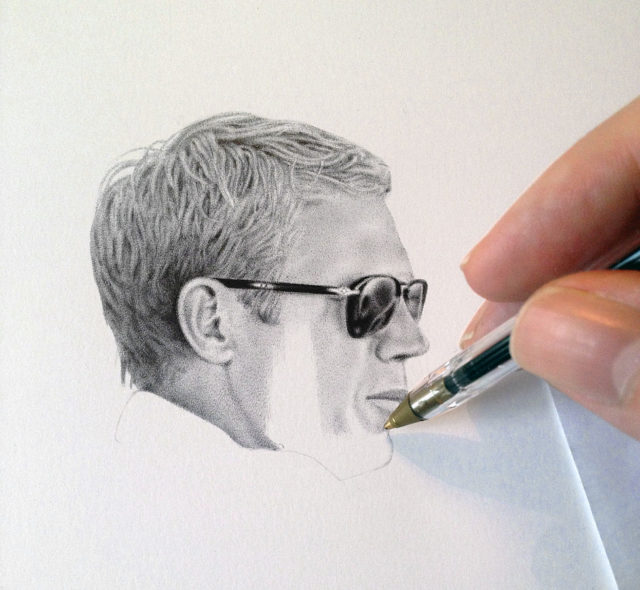
Bíró’s patent was bought by Marcel Bich and the pens quickly became the main product of Bich’s world-famed Bic company, one that eventually recorded sales of more than 100 billion ballpoint pens across the world. The ballpoint pen of Bíró outstood any competition in the years to come, and the fact that millions of such pens are still manufactured and sold on a daily basis proves the invention has stood the test of time.
Read another story from us: The usage of cyanide pills in history
László Bíró died in Buenos Aires in 1985, and nowadays, in his honor, Argentina’s Inventors’ Day is marked on Bíró’s date of birth, the 29th of September. In many more countries around the world, such as the United Kingdom, Italy, or Australia, the ballpoint pens are widely known as “biro.” The pen has further influenced art and graphic design, even introducing a new artwork genre of ballpoint pen artwork.
On September 29, 2016, the 117th anniversary of his birth, even Google commemorated Bíró with a special Google Doodle for “his relentless, forward-thinking spirit.”
